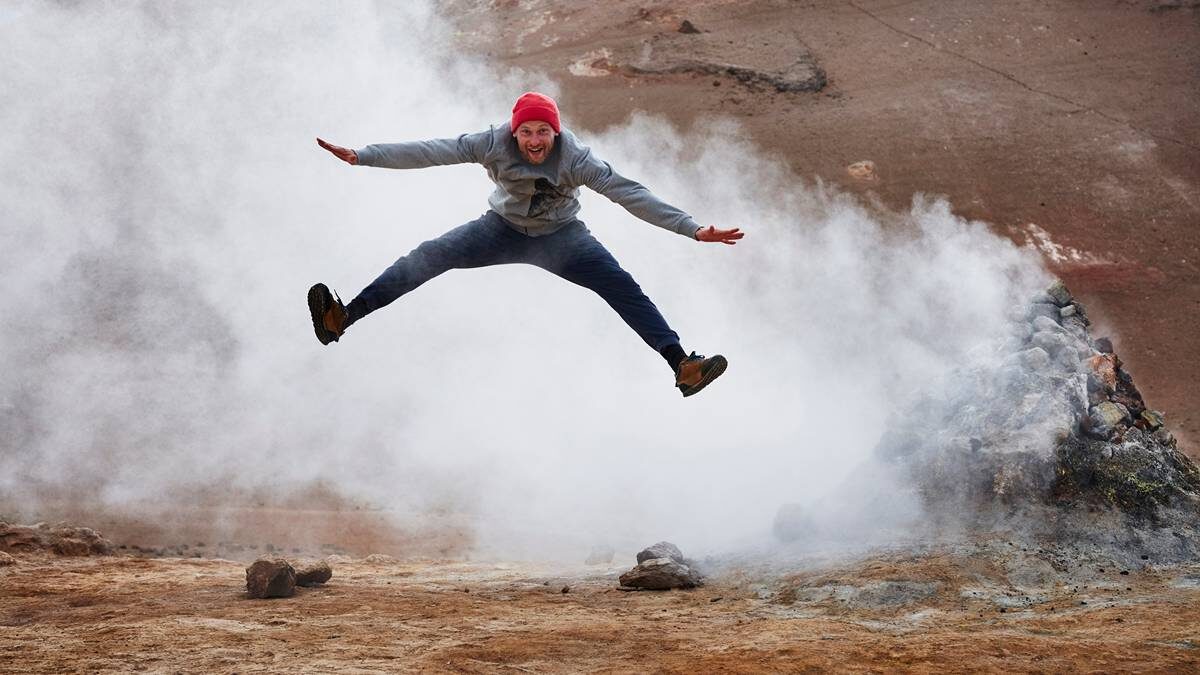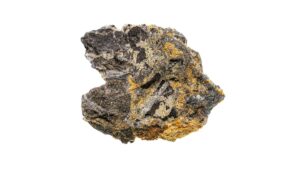Krakatoa erupts into antimony scene with option to acquire Zopkhito deposit

Krakatoa is looking to burst into antimony exploration with its Zopkhito project in Georgia. Pic: Getty Images
- Krakatoa Resources secures option to acquire 80% in the Zopkhito antimony and gold deposit in Georgia
- Project hosts 27km of previous exploration adits that have defined significant antimony and gold mineralisation
- Plenty of upside with just 16 of the >60 mineralised veins investigated to date while geophysics indicate the system is open
Special Report: Krakatoa Resources is jumping on the antimony bandwagon after securing a “transformational” option to acquire an 80% interest in the Zopkhito antimony and gold deposit in Georgia.
Zopkhito hosts 27km of previous exploration adits that have defined significant antimony and gold mineralisation.
While the project’s foreign resource estimates of 225,000t grading 11.6% antimony, or 26,000t of contained antimony, and 7.1Mt at 3.7g/t gold (815,119oz contained gold) are not compliant with the JORC 2012 standards, they provide intriguing insight into its potential.
There is also plenty of exploration upside as not only have just 16 of the >60 mineralised veins been investigated to date, several mineralised veins extend to 1km within the adits while recent induced polarisation geophysics indicate the system is open.
Krakatoa Resources (ASX:KTA) adds that high-grade antimony of 10.4% over 0.98m has been confirmed by channel sampling carried out in 2019 while metallurgical test work conducted in 2018 successfully produced a 56% antimony concentrate that can be further optimised.

Antimony is a critical mineral in the production of ammunition, infrared missiles, nuclear weapons, and night vision technology and is also essential in manufacturing fire retardants, lead-acid batteries and photovoltaic solar cells.
The company is also raising ~$1.28m through a placement of 128 million shares priced at 1c each to fund exploration at Zopkhito.
Zopkhito project
The ~1779 hectare Zopkhito project sits in the northern part of the Racha region in Georgia, which borders Azerbaijan, Russia, Turkey and Armenia, about 170km from Kutaisi – the second largest town in the country.
Racha is characterised by high mountains and steep side valleys cut by fast flowing rivers.
Exploration of Zopkhito started in 1929 and continued until 1979 under the management of the Soviet Department of Metallurgy.
Between 1929 and 1932, work started on the development of on-vein horizontal exploration adits directed by stibnite – an important antimony-bearing mineral –outcropping on surface.
From 1966 until 1978, further drive development extended the orebody. In total 27,328m of exploration drives were developed until 1978 with 20,228 samples taken.
During this work, extended channel sampling discovered that gold-bearing mineralisation occurred in the broader alteration zone outside the main quartz vein that hosted the stibnite mineralisation (with gold) which had not been sampled.

Further exploration and data records showed concentrations of gold to be higher than previous exploration works had demonstrated.
After the collapse of the Soviet Union in 1989, the project lay dormant until the late 1990s when a small explorer carried out exploration between 1998 and 2000 that found that existing Gosudarstvennaya Komissia po Zapasam (GZK) maps and plans are reliable.
Zopkhito was then acquired by EMD in 2005 and subjected to extensive resampling and remodelling that again confirmed the reliability of the 1957 Soviet report.
In 2012, a 30-year exploration and mining licence was granted to JSC Caucasus Minerals (JSCCM) – the current project vendor.
Besides re-sampling in 2014 and 2019, JSCCM also completed a drone LiDAR survey over the topography at site and a point cloud LiDAR survey of the various principal adits and drives to assist with accuracy on the geochemical sampling and allow accurate modelling of the veins.
Zopkhito has two distinct mineralised zones – the main narrow quartz vein that is dominated by stibnite with associated gold and a secondary broader alteration gold zone within the foot and hanging walls bounding the main stibnite-dominated vein.
The central quartz vein is the only host to antimony, while the gold has been reported within the stibnite-bearing quartz vein and within the alteration zone surrounding this.
Upcoming exploration
KTA will initially continue to collate and quantify historical data and look to evaluate the area covered by the foreign resource estimate while preparing for the exploration field season in early 2025.
During the initial 12-month option, it will work on increasing the confidence in the geological model and geochemical database to a JORC 2012 standard.
This will require additional surface mapping, geochemical sampling, adit sampling, drilling from adits or surface, surface geophysical and airborne geophysical surveys.
The company will also look to evaluate the processing solutions for both the antimony and gold.
This article was developed in collaboration with Krakatoa Resources, a Stockhead advertiser at the time of publishing.
This article does not constitute financial product advice. You should consider obtaining independent advice before making any financial decisions.
Related Topics

UNLOCK INSIGHTS
Discover the untold stories of emerging ASX stocks.
Daily news and expert analysis, it's free to subscribe.
By proceeding, you confirm you understand that we handle personal information in accordance with our Privacy Policy.








